

- RFQ
- BOM
-
Contact Us
Tel: +86-0755-83501315
Email: sales@sic-components.com
- Chinese
- English
- French
- German
- Portuguese
- Spanish
- Russian
- Japanese
- Korean
- Arabic
- Irish
- Greek
- Turkish
- Italian
- Danish
- Romanian
- Indonesian
- Czech
- Afrikaans
- Swedish
- Polish
- Basque
- Catalan
- Esperanto
- Hindi
- Lao
- Albanian
- Amharic
- Armenian
- Azerbaijani
- Belarusian
- Bengali
- Bosnian
- Bulgarian
- Cebuano
- Chichewa
- Corsican
- Croatian
- Dutch
- Estonian
- Filipino
- Finnish
- Frisian
- Galician
- Georgian
- Gujarati
- Haitian
- Hausa
- Hawaiian
- Hebrew
- Hmong
- Hungarian
- Icelandic
- Igbo
- Javanese
- Kannada
- Kazakh
- Khmer
- Kurdish
- Kyrgyz
- Latin
- Latvian
- Lithuanian
- Luxembou..
- Macedonian
- Malagasy
- Malay
- Malayalam
- Maltese
- Maori
- Marathi
- Mongolian
- Burmese
- Nepali
- Norwegian
- Pashto
- Persian
- Punjabi
- Serbian
- Sesotho
- Sinhala
- Slovak
- Slovenian
- Somali
- Samoan
- Scots Gaelic
- Shona
- Sindhi
- Sundanese
- Swahili
- Tajik
- Tamil
- Telugu
- Thai
- Ukrainian
- Urdu
- Uzbek
- Vietnamese
- Welsh
- Xhosa
- Yiddish
- Yoruba
- Zulu
- Kinyarwanda
- Tatar
- Oriya
- Turkmen
- Uyghur
Fixed Resistors
Fixed value resistors, as the name implies, are resistors with unchangeable resistance values. They are among the most fundamental and widely used components in electronic circuits, playing crucial roles in various applications.
Types and Features of Fixed Value Resistors
Wire - Wound Resistors: These are constructed by winding a metal wire, usually nichrome or manganin, around a metal core. The metal wire serves as the resistive element, while the metal core is a conductive material that doesn't allow the electric current to pass through. They can handle high power and have low temperature coefficients, but are relatively large in size.
Carbon Composition Resistors: Made from a mixture of ceramic and carbon powder with embedded metal end caps. They were once widely used but are now less common due to their low stability and high cost.
Carbon Film Resistors: Consist of a carbon film on a ceramic substrate, with metallic end caps and copper leads. They produce less noise than carbon composition resistors.
Metal Film Resistors: Similar to carbon film resistors, but the film is made of metal. They have a low - temperature coefficient of resistance, which means the resistance changes little with temperature variations.
Metal Oxide Film Resistors: The resistive film is made of metal oxide like tin oxide. They are less expensive than carbon composition resistors and can operate at high temperatures.
Metal Glaze Resistors: Use a mixture of metal particles and glass powder. They have a decreased temperature coefficient of resistance and are used in nuclear devices, IR image converters, and other specialized applications.
Foil Resistors: The most precise and stable, generating less noise. Also known as high - precision resistors, they have a low TCR and are used in audio components, aviation, and other fields requiring high accuracy.
Properties of Fixed Value Resistors
Resistance Value: This is the most important property, determining the amount of current restriction in a circuit. It is fixed for a given fixed - value resistor and is measured in ohms.
Power Rating: Indicates the maximum amount of power the resistor can safely dissipate without being damaged. Exceeding this rating can cause the resistor to overheat and fail.
Tolerance: Represents the allowable deviation of the actual resistance value from the nominal value. Common tolerance values are 1%, 5%, or 10%.
Applications of Fixed Value Resistors
Current Limiting: They are used to limit the amount of current flowing through a circuit, protecting other components from over - current damage.
Voltage Division: By using a series of fixed - value resistors, the voltage in a circuit can be divided into different levels to meet the requirements of different components.
Biasing: In amplifier circuits, fixed - value resistors are used to set the proper operating point, or bias, of transistors.
Advantages of Fixed Value Resistors
Stability: Once installed, their resistance values remain relatively stable under normal operating conditions, providing reliable performance.
Low Cost: Most types of fixed - value resistors are inexpensive, making them suitable for mass - production in electronic devices.
Wide Availability: They are widely available in the market in various resistance values and power ratings, making it easy to find the right one for a specific application.
Disadvantages of Fixed Value Resistors
Lack of Adjustability: Their resistance values cannot be changed, which may be a drawback in some circuits where the resistance needs to be adjusted according to different operating conditions.
Power Dissipation Limitations: Some fixed - value resistors have limited power - handling capabilities, and may not be suitable for high - power applications without proper heat - sinking.
Selection and Installation Guide
Selection: Consider the required resistance value, power rating, tolerance, and operating environment. For example, in a high - temperature environment, metal oxide film resistors may be a better choice due to their high - temperature resistance.
Installation: Ensure proper soldering or mounting to avoid loose connections, which can cause electrical noise or even circuit failure. Follow the manufacturer's instructions for correct installation.
Steps for Soldering and Mounting a Resistor
1.Prepare the tools and materials, including a soldering iron, solder, and the resistor.
2.Clean the leads of the resistor and the connection pads on the circuit board to ensure good electrical contact.
3.Position the resistor on the circuit board according to the circuit diagram.
4.Heat the connection pads and the resistor leads with the soldering iron, and apply a small amount of solder to form a good solder joint.
5.Check the solder joints for any defects, such as cold joints or short circuits.
Fixed - Value Resistors vs. Variable Resistors
Fixed - Value Resistors: Provide a stable and unchanging resistance, suitable for applications where a specific, constant resistance is required. They are simple in structure and have good reliability.
Variable Resistors: Allow the resistance value to be adjusted as needed, which is useful in circuits where the resistance needs to be changed, such as in volume controls or light - dimming circuits. However, they are generally more complex and less stable than fixed - value resistors.
Maintenance and Troubleshooting
Maintenance: Regularly check the circuit for any signs of overheating or discoloration of the resistors, which may indicate a problem. Keep the circuit clean and free from dust and moisture.
Troubleshooting: If a circuit is not functioning properly, check the resistors for any signs of damage, such as burnt - out or open - circuit resistors. Use a multimeter to measure the resistance value of the resistors to see if they match the nominal value. If a resistor is found to be faulty, replace it with a new one of the same type and value.
Fixed - value resistors are essential components in electronic circuits, with a wide range of types, features, and applications. Understanding their properties, advantages, and disadvantages, as well as proper selection, installation, and maintenance, is crucial for designing and maintaining reliable electronic circuits.

Hot Products
View MoreRelated Blogs

2000+
Daily average RFQ Volume

30,000,000
Standard Product Unit

2800+
Worldwide Manufacturers

15,000 m2
In-stock Warehouse



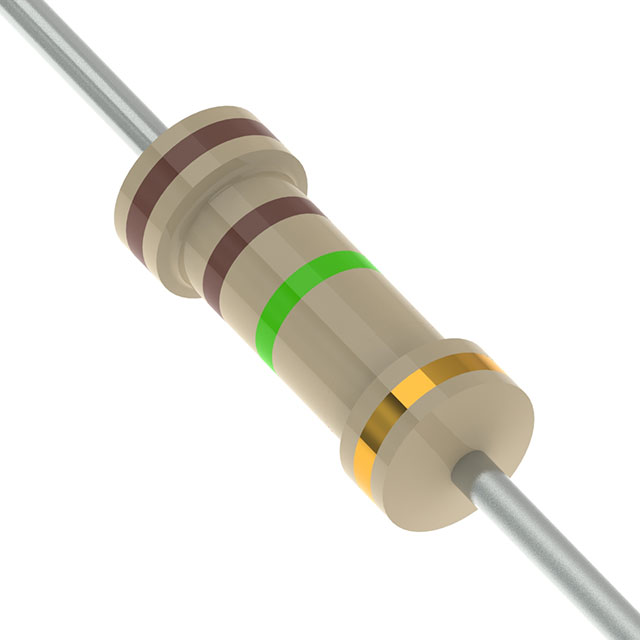

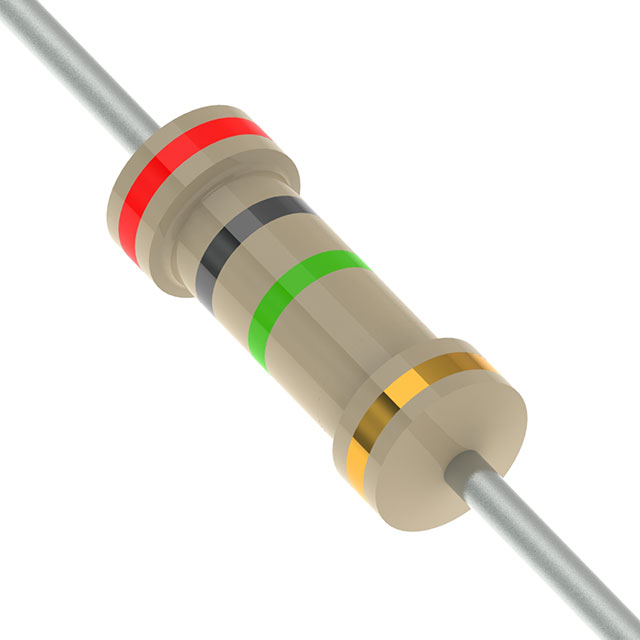
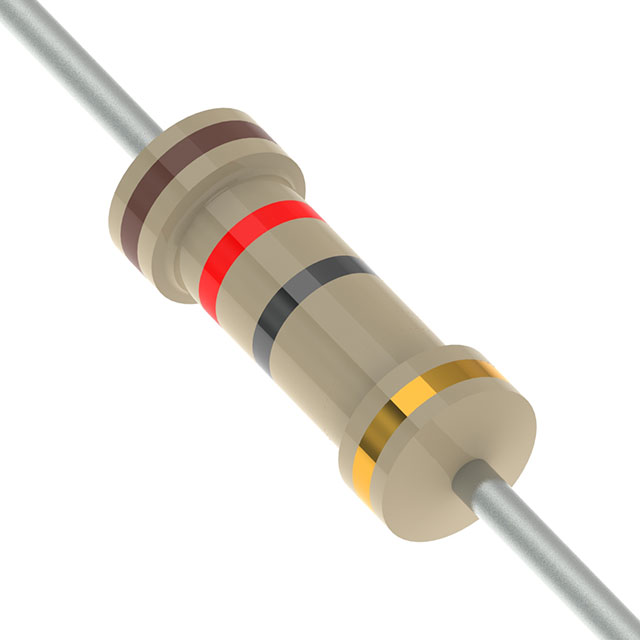
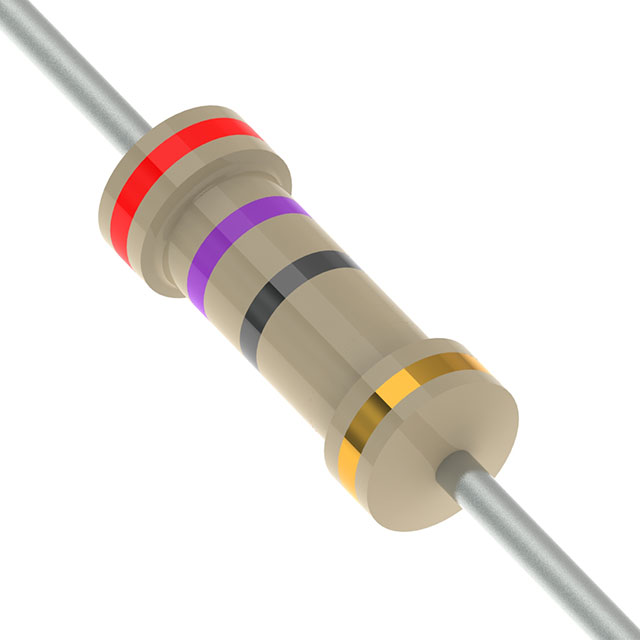
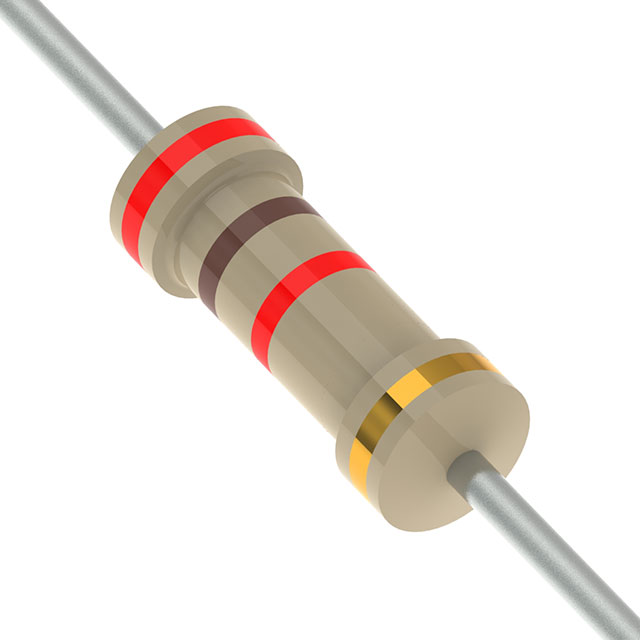


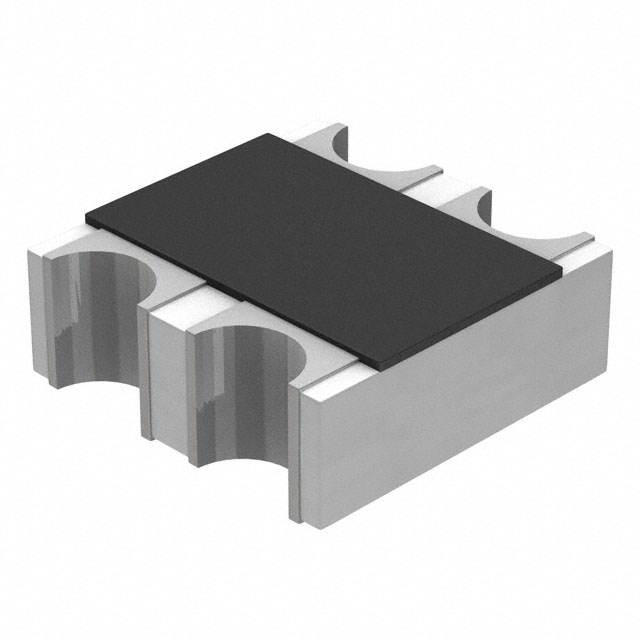
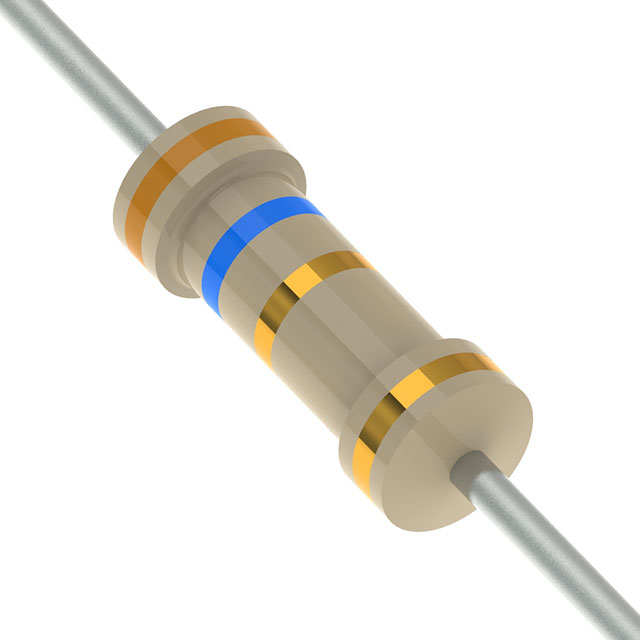
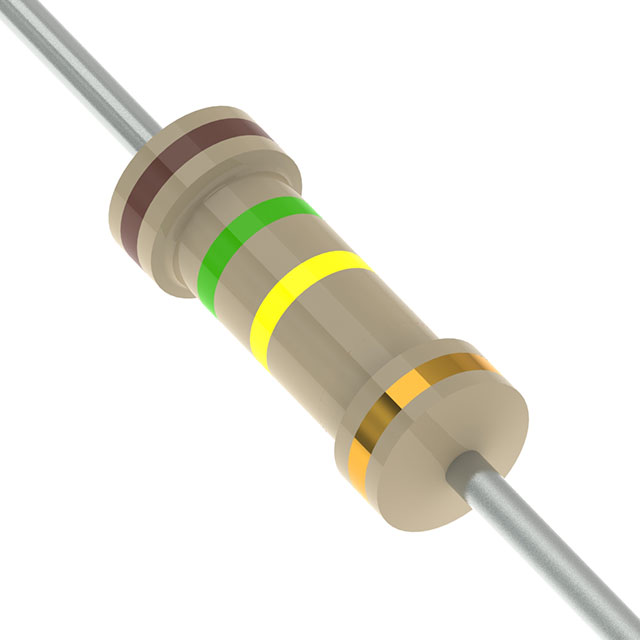
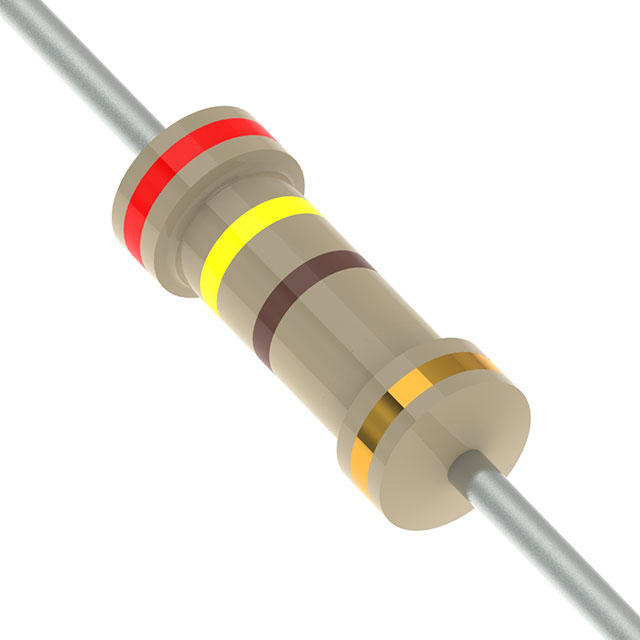
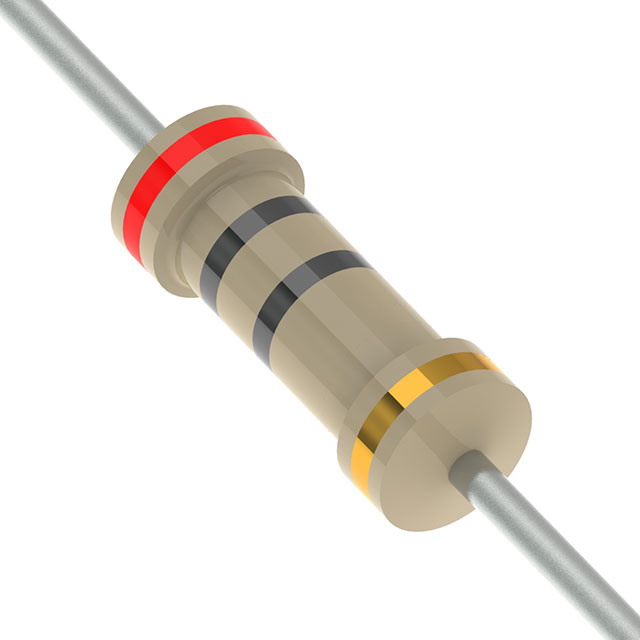
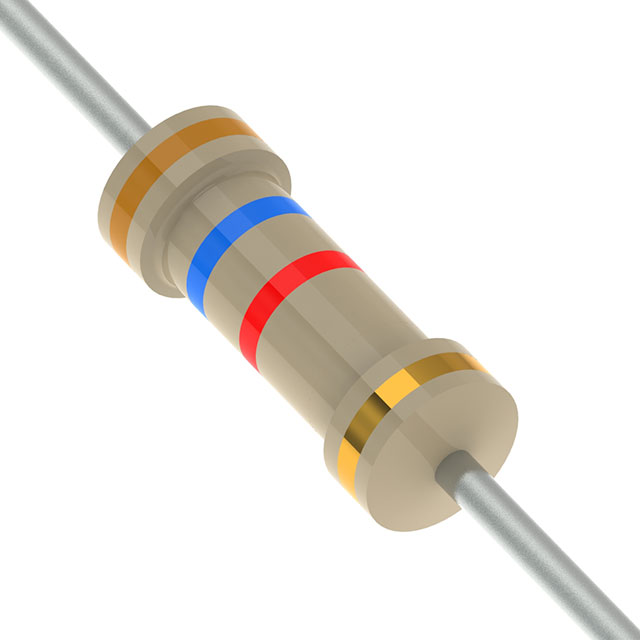
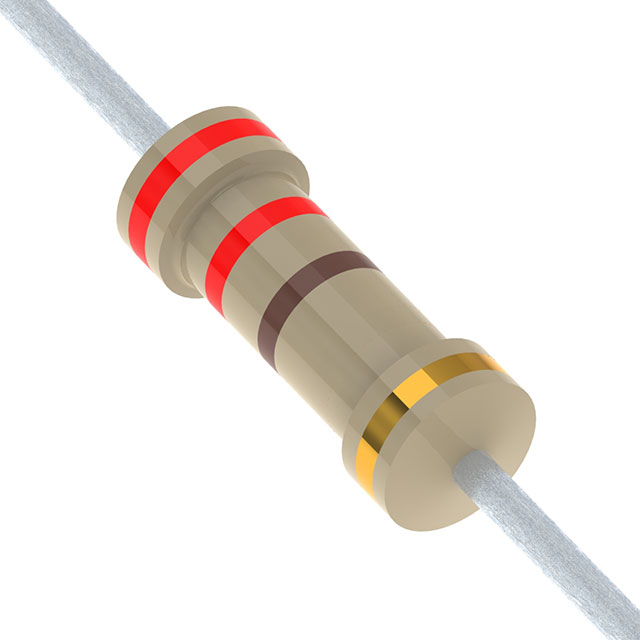

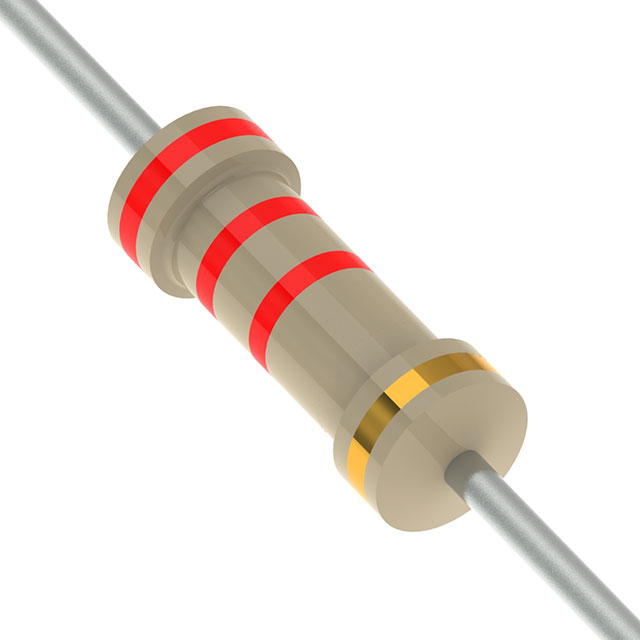
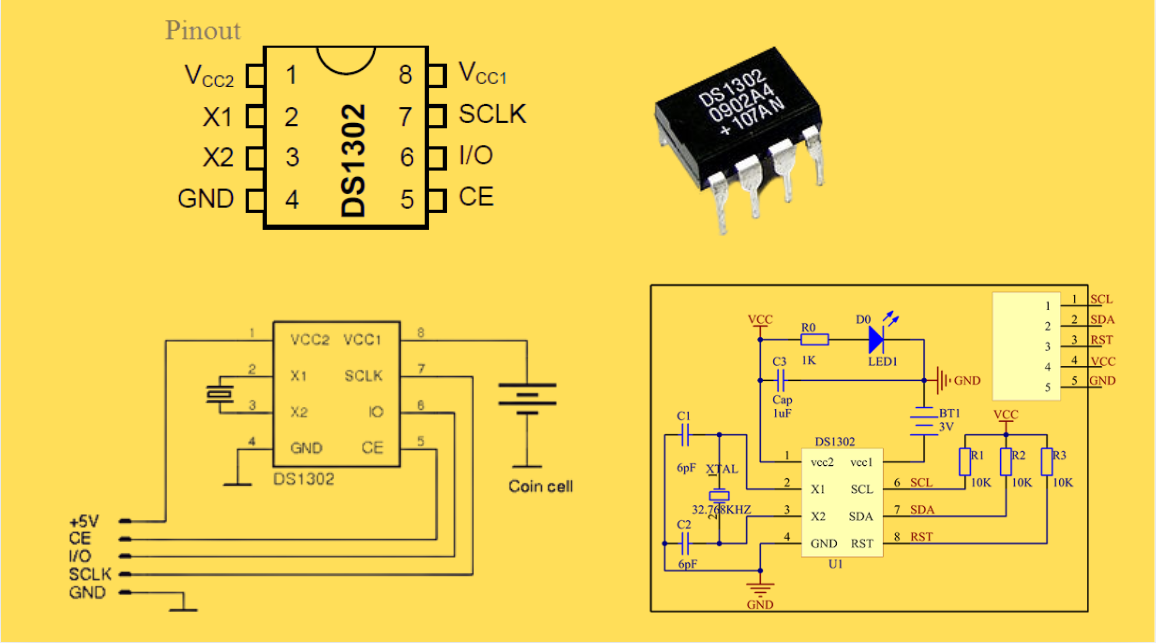
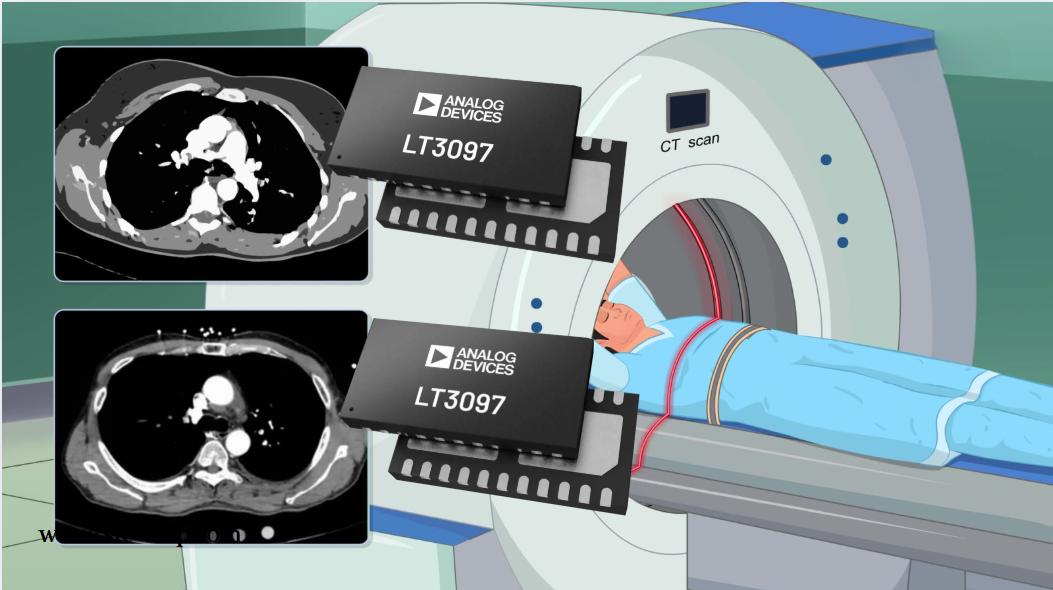
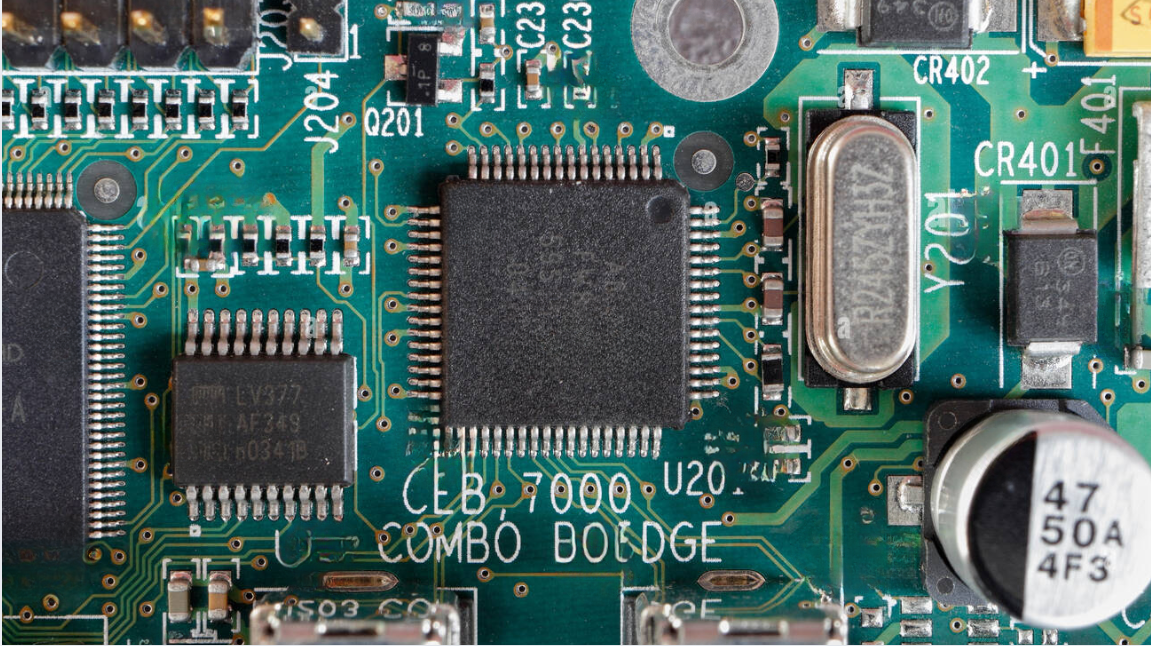
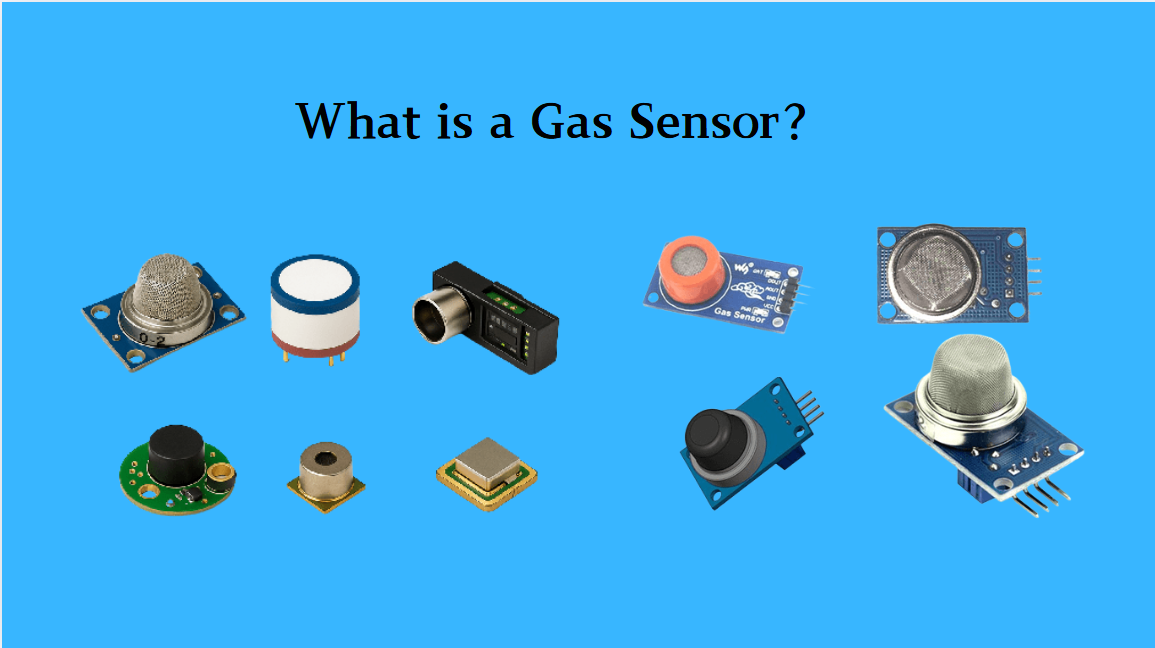
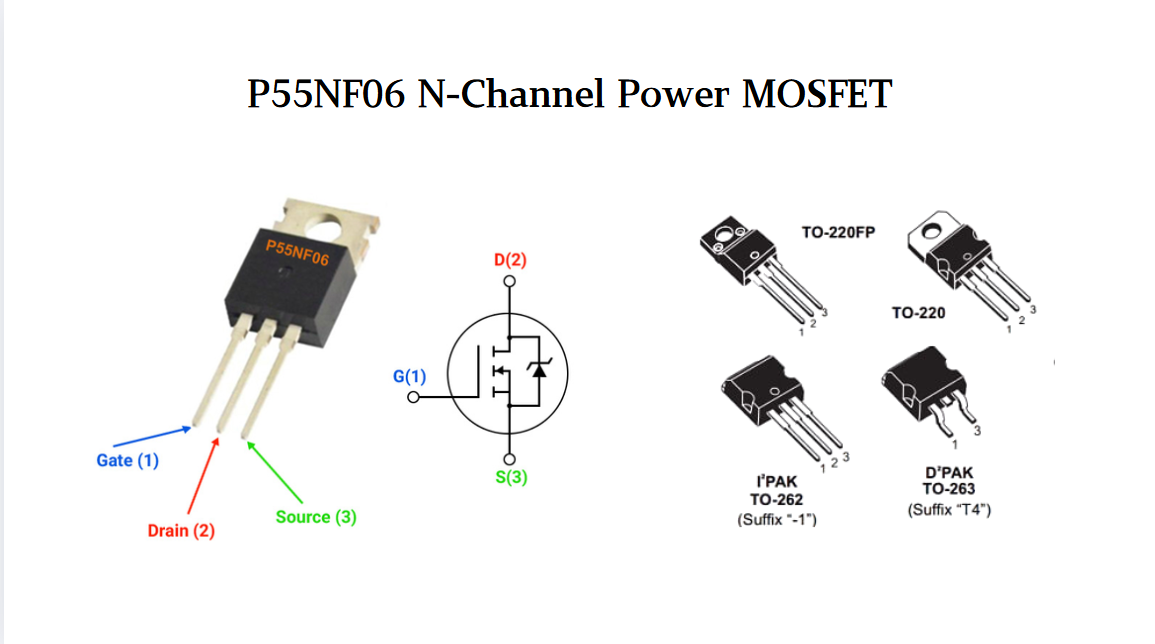
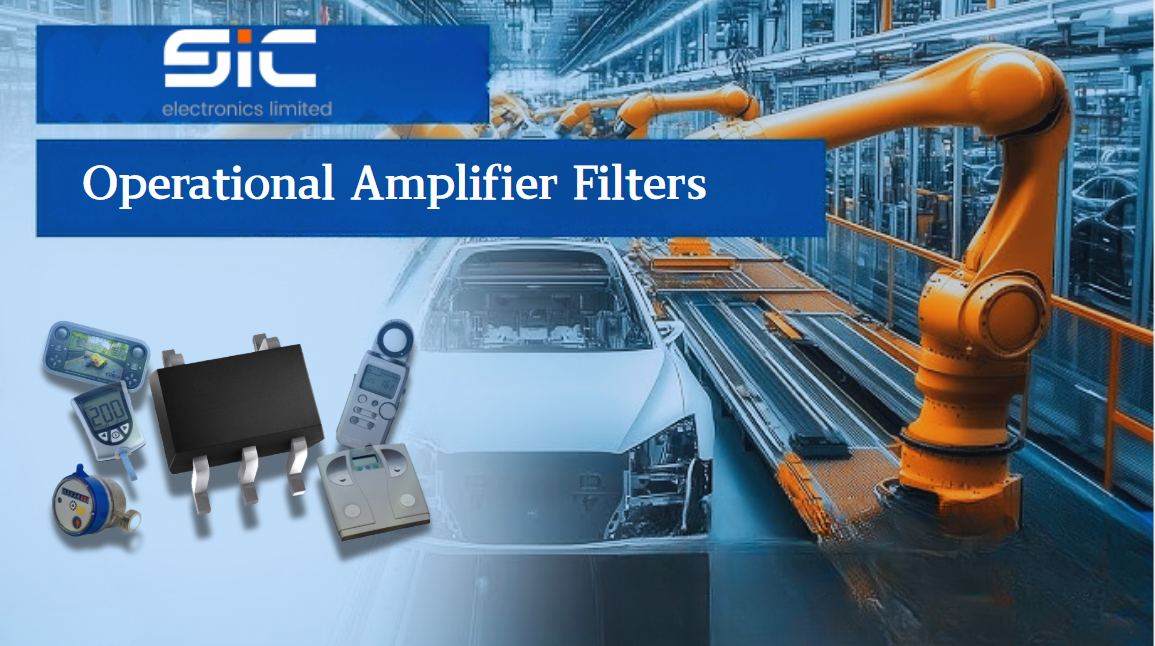

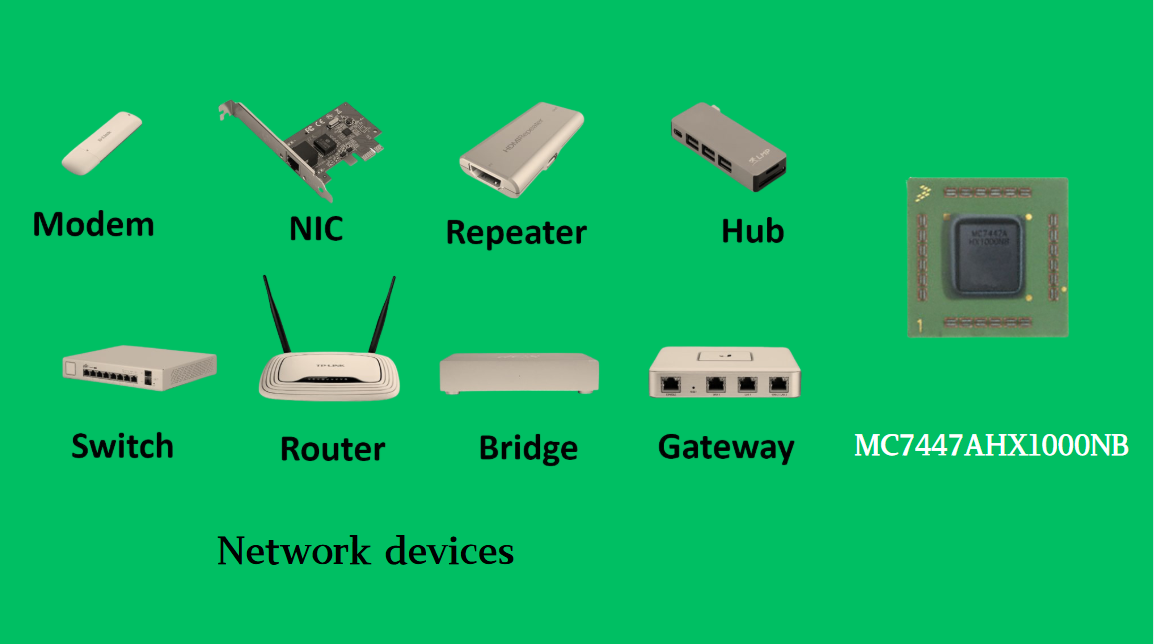
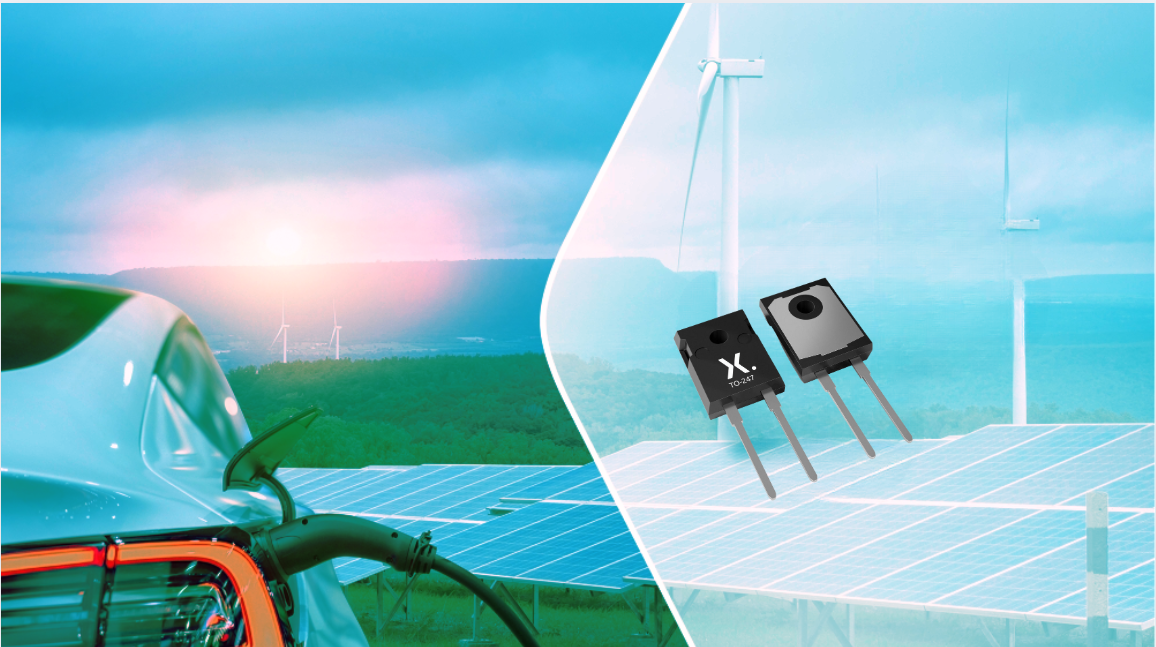
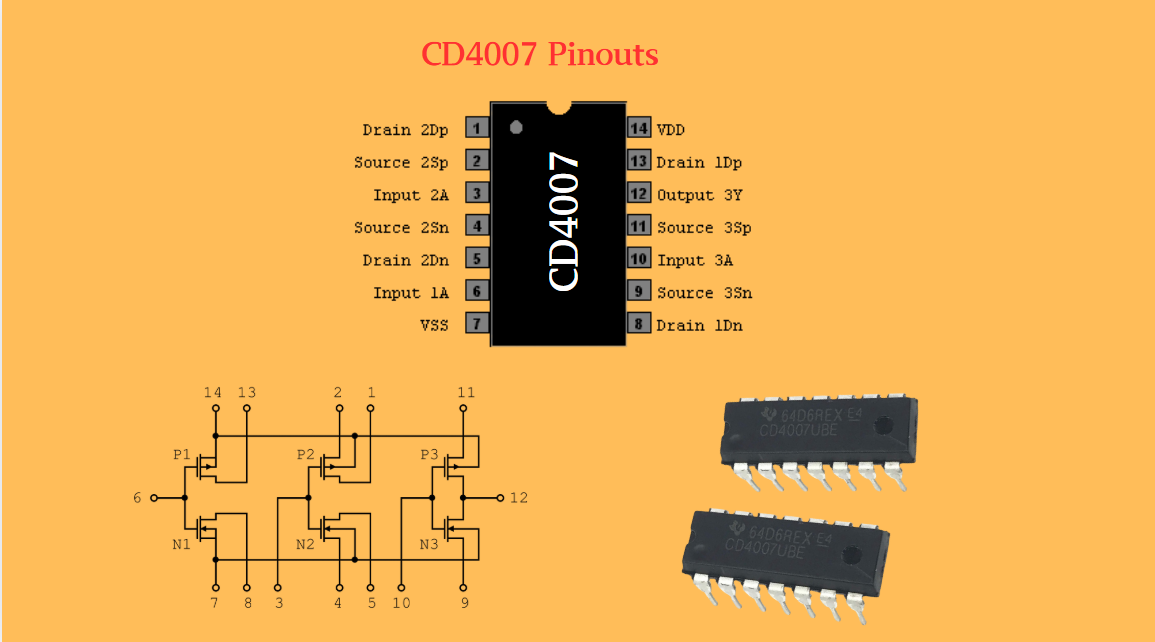
 Wishlist (0 Items)
Wishlist (0 Items) 